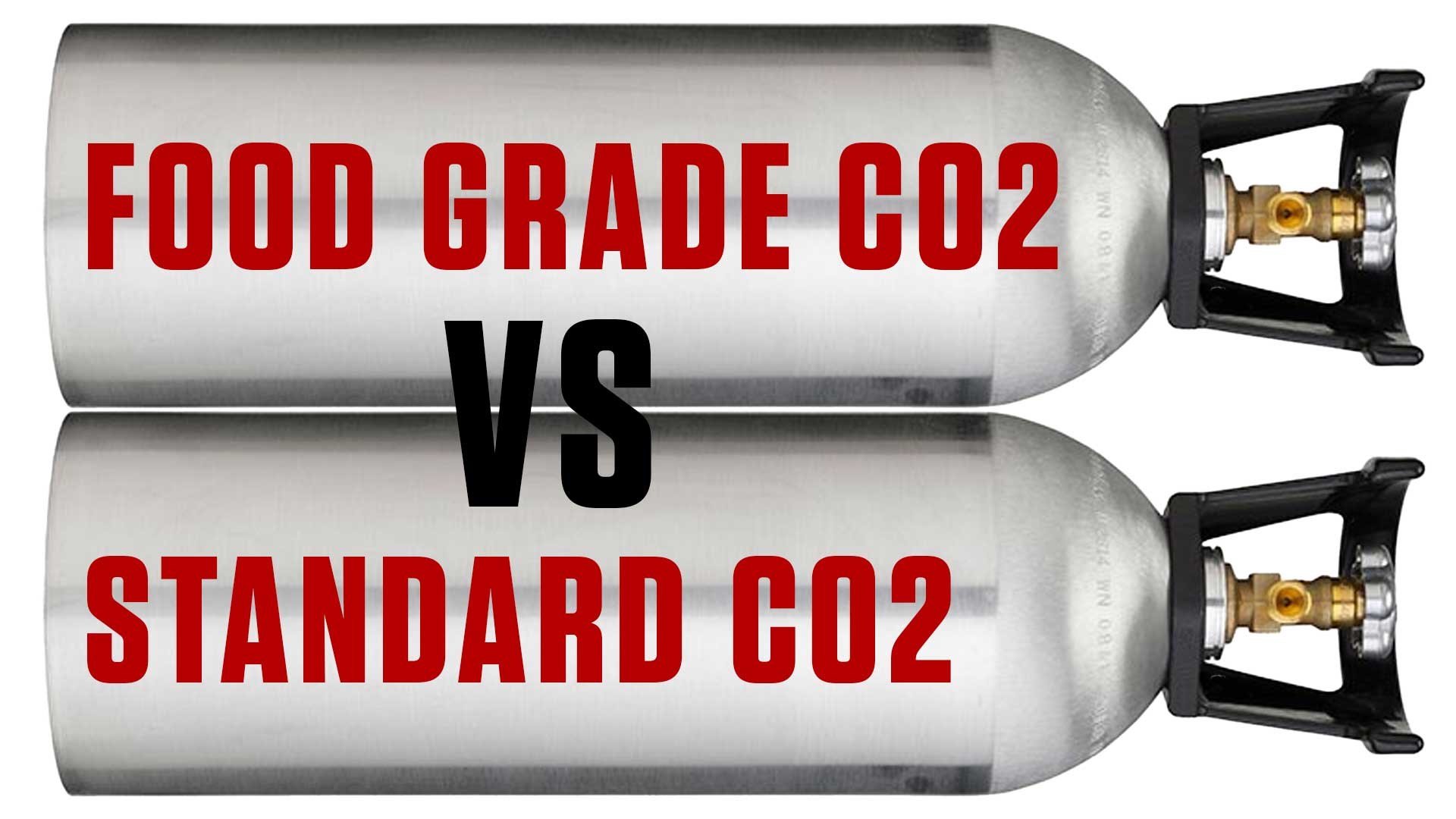
Food-grade carbon dioxide (CO2) and standard CO2 are chemically identical gases, but their distinction lies in their purity levels and the rigorous protocols governing their production, handling, and storage.
Purity:
Food-grade CO2 is produced and processed to meet specific purity standards suitable for use in food and beverage applications. It must meet higher purity criteria than regular CO2, which may be used in industrial processes, welding, or other non-food applications.
Quality Control:
Food grade CO2 is subject to stricter quality control measures to ensure it is free from impurities, contaminants, and harmful substances that could affect the taste, safety, or quality of food and beverages. Regular CO2 may not undergo the same level of scrutiny.
Handling and Storage:
Food-grade CO2 is handled and stored in a manner that minimizes the risk of contamination. It is typically stored in dedicated tanks and transported in clean, food-safe containers to prevent any potential contact with substances that could compromise its purity. Regular CO2 may be handled and transported in ways that are not as stringent.
Use in Food and Beverage Applications: Food-grade CO2 is specifically intended for use in applications where it comes into direct contact with food and beverages. It is commonly used for carbonating soft drinks, beer, sparkling water, and other beverages, as well as in food packaging applications where it helps preserve the freshness of packaged products. Regular CO2, on the other hand, is not suitable for direct contact with food or beverages.
In summary, the primary difference between food-grade CO2 and regular CO2 is the level of purity, quality control, and the strict handling and storage procedures required for food-grade CO2 to ensure its suitability for use in the food and beverage industry. It is essential to use food-grade CO2 when carbonating or dispensing beverages or when it may come into direct contact with consumable products to maintain safety and quality standards.